The Perseid meteor shower peaked on Aug 12–13, overcoming the glare of a waning gibbous moon to put on a spectacular show of shooting stars that delighted onlookers worldwide.
The Perseids are active every July and August as Earth barrels through the trail of dusty debris shed by the wandering comet 109P/Swift-Tuttle. Our planet plowed through the densest part of the comet's trail on Aug. 12-13, when countless cometary shards collided with Earth, burning up in spectacular fashion as they were overcome by the friction of atmospheric entry.
In previous years, the Perseids have produced between 50 to 100 meteors per hour at their peak, with shooting stars emanating from a point of origin known as a radiant located in the constellation Perseus. Unfortunately, the 2025 Perseids happened to coincide with the appearance of a waxing gibbous moon, which bleached the sky with moonlight, blotting out all but the brightest members of the ancient meteor shower.
Thankfully, there were still plenty of bright meteors to be seen, which outshone the moon to dazzle stargazers and provide a mesmerizing target for the astronomical community, who captured the shooting stars against a backdrop of aurora and framed spectacular landscapes.
Read on to see a selection of spectacular shooting stars captured during the 2025 Perseid meteor shower.
The 2025 Perseid meteor shower in pictures
Aurora photographer Harlan Thomas struck gold, not only capturing Perseid meteors streaking across the sky but also the northern lights dancing overhead! Similar scenes played out last year when the Perseids' peak coincided with a powerful geomagnetic storm that sparked auroras over North America.

Photographer Josh Dury captured a breathtaking view of Perseid meteors raining down alongside the glowing band of the Milky Way towards the Durdle Door rock formation on the coast of Dorset in the UK.
"As this year's event will be flooded by light of the waning gibbous moon, this image was captured earlier in the month when the moon was at a much smaller phase," Dury told Space.com in an email. "The challenge being, the peak of the shower would be weeks away. With an integration time of 7 hours, 14 meteors were captured in this composite, tracked image utilising the image sequence."
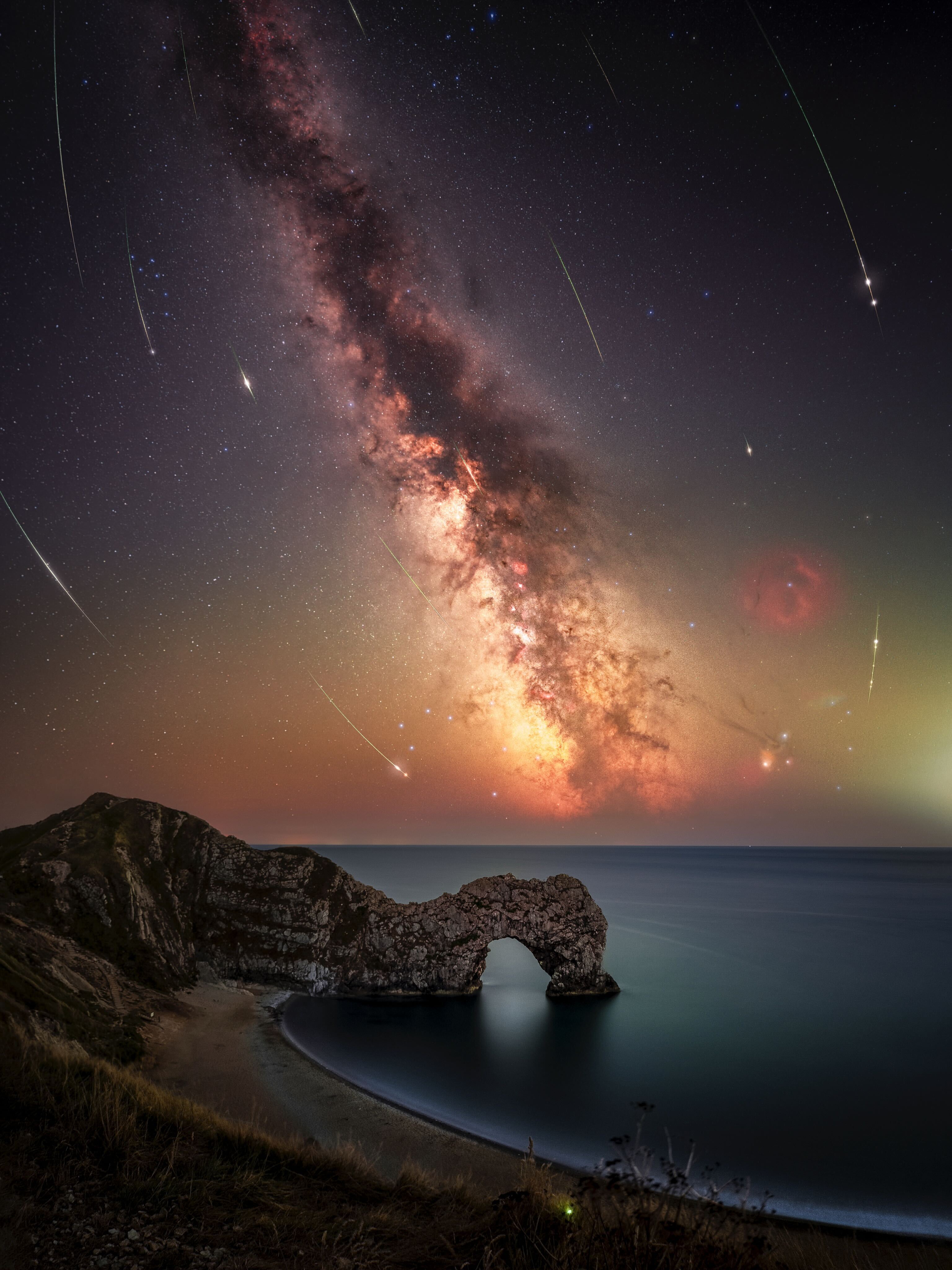
This striking Perseid was snapped by Amreet Kini during the early morning hours of Aug. 3 using a Canon R6 full-frame mirrorless camera with a Rokinon RF 14 mm lens from a rural location in central Illinois.
"This was the brightest meteor of the night and it actually left a 'smoke' trail (ionized gas) that lingered for a few seconds," Kini told Space.com in an email. "I had set my camera on a timer to take 20 second photos continuously but with about 1 second between exposures, and I would have completely missed the meteor if it came by in that one second between shots."
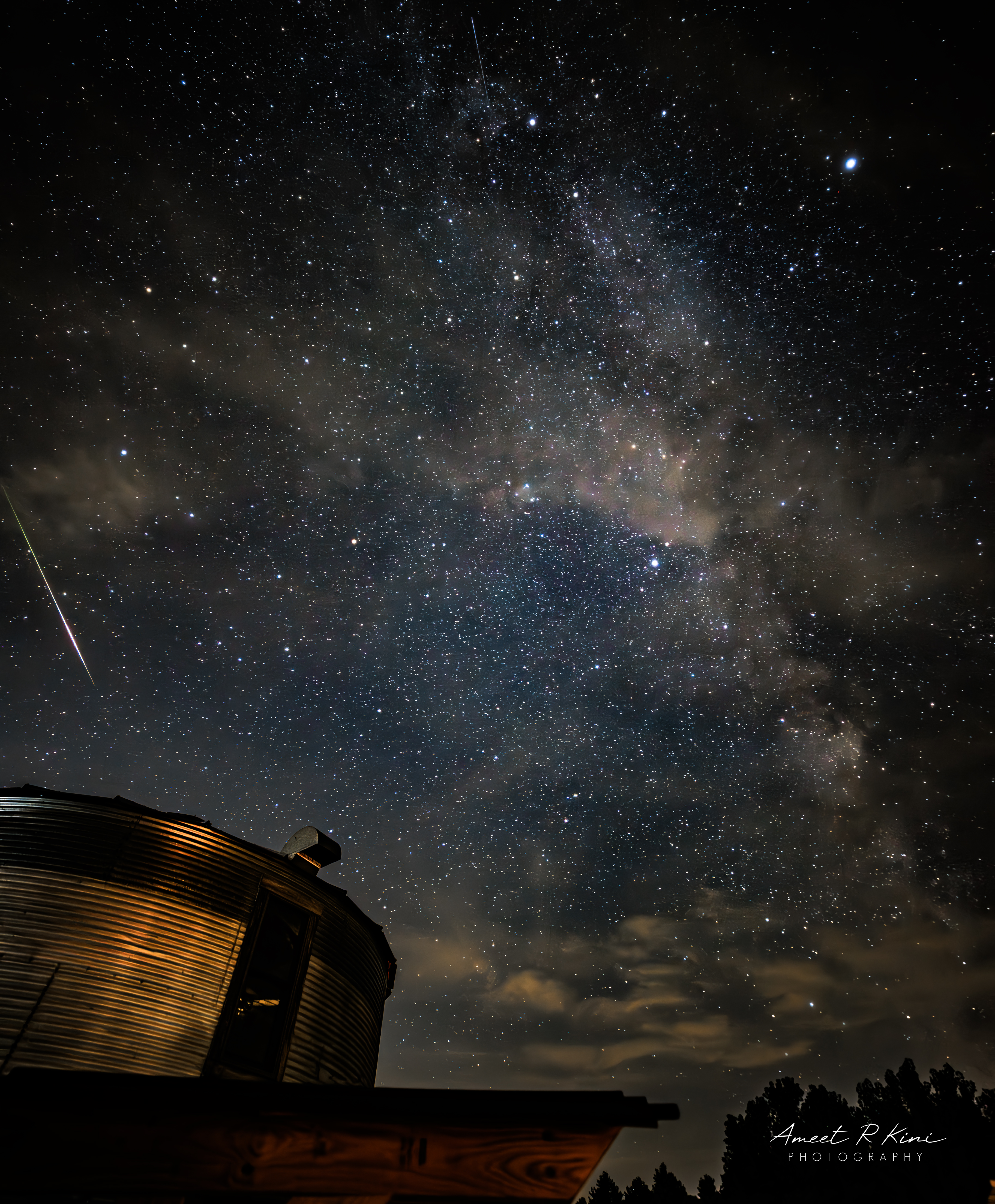
Jeff Berkes captured this view of a fiery meteor blazing Earthward with a Nikon Z9 camera while running a night sky photography workshop in Yellowstone, Wyoming.
"The display lasted no [longer than] 1.5 seconds but it felt like an eternity," said Berkes. "One of the best firefalls I have ever seen and the best one that I have captured over the last 15 years. What a special night this was. With a few meteor showers going on it is hard to tell which one it came from, or if it is a random! Either way, you just never know what you will see when you step out into the night. That is why I love it so much."
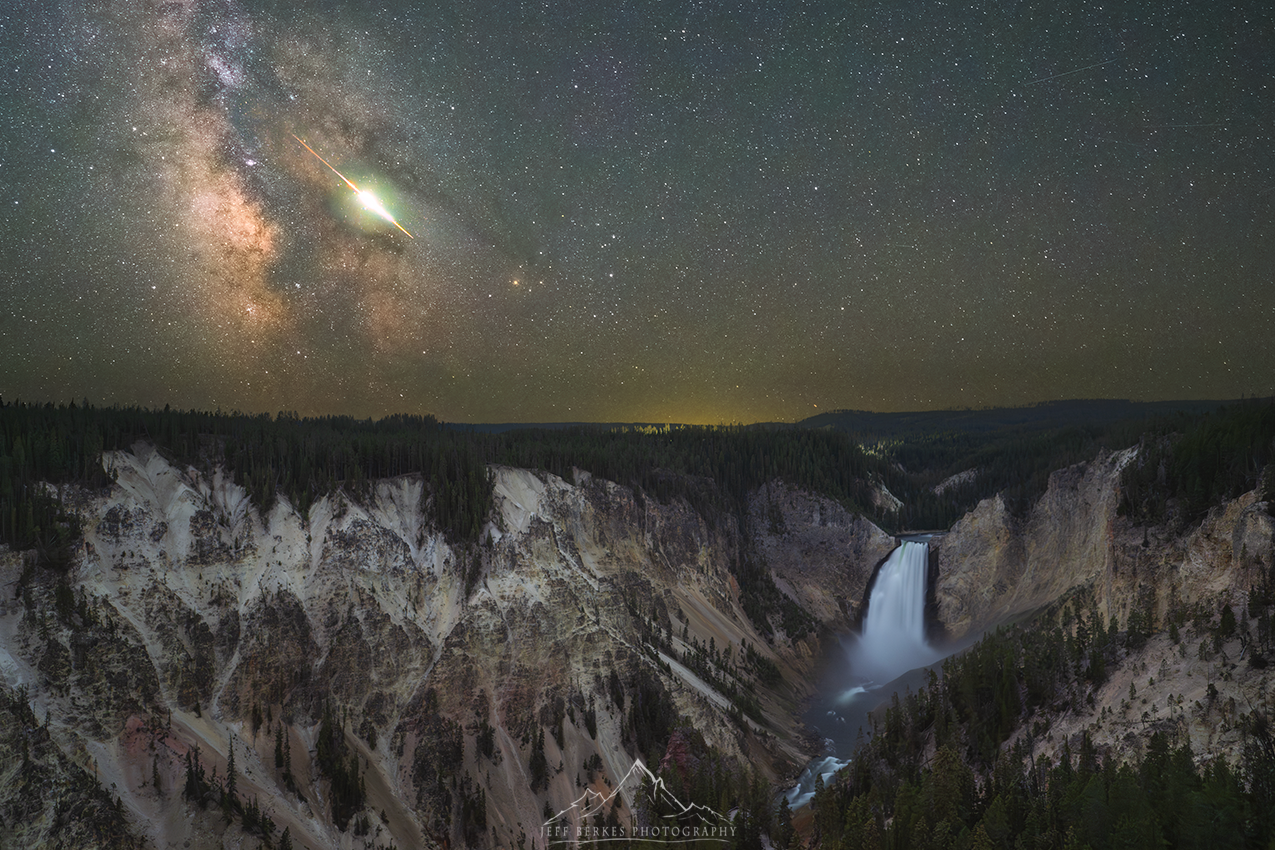
Airline passenger Matt Melnyk was able to snap this rare view of a Perseid blazing through a sky wreathed in colorful aurora at a height of 37,000 feet (11,280 meters) aboard a Boeing 787 'Dreamliner' traveling from Calgary to London on the morning of Aug. 10.
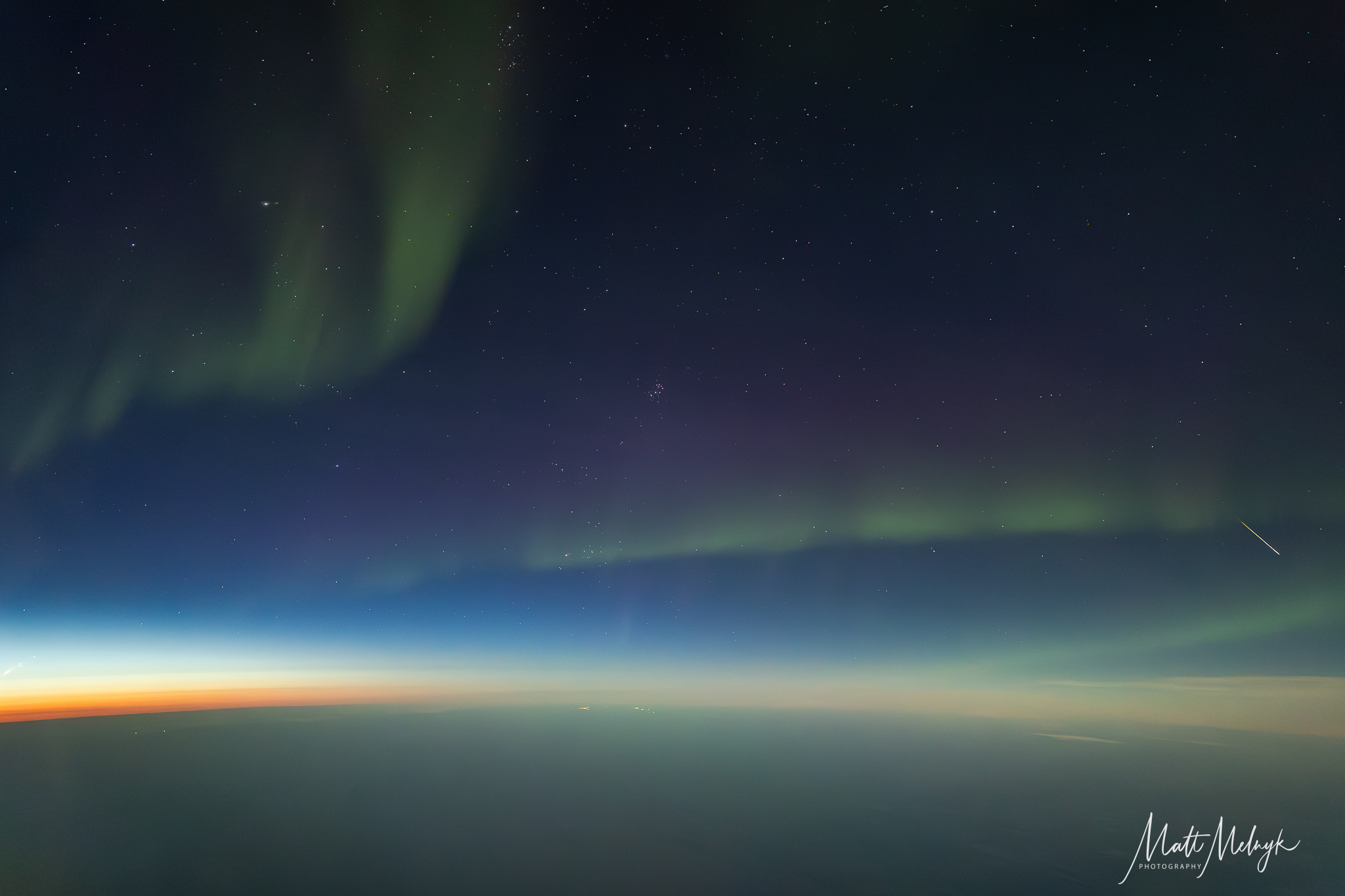
Photographer Ercin Erturk set up a striking composition that featured Perseids racing alongside the Milky Way in the sky above the Kusca Fairy Chimneys rock formations in the Cihanbeyli district of Konya, Turkey, on the night of Aug. 12, as the Perseids came to a peak.
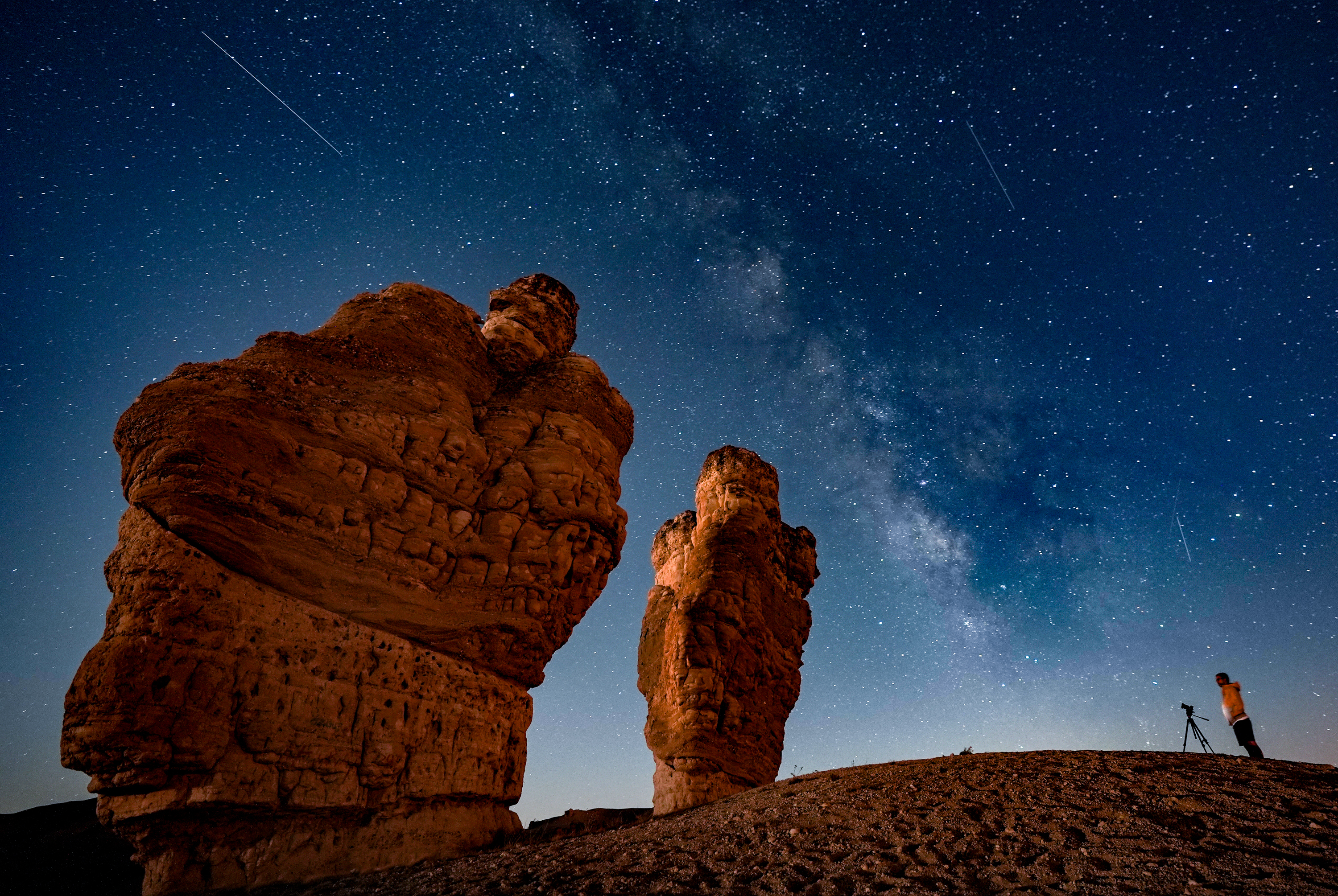
This striking view of a Perseid meteor framed by the columned roof of the Temple of Zeus in the ancient city site of Çavdarhisar was captured on Aug. 13 by Kemal Aslan from the Kütahya Province of Turkey.
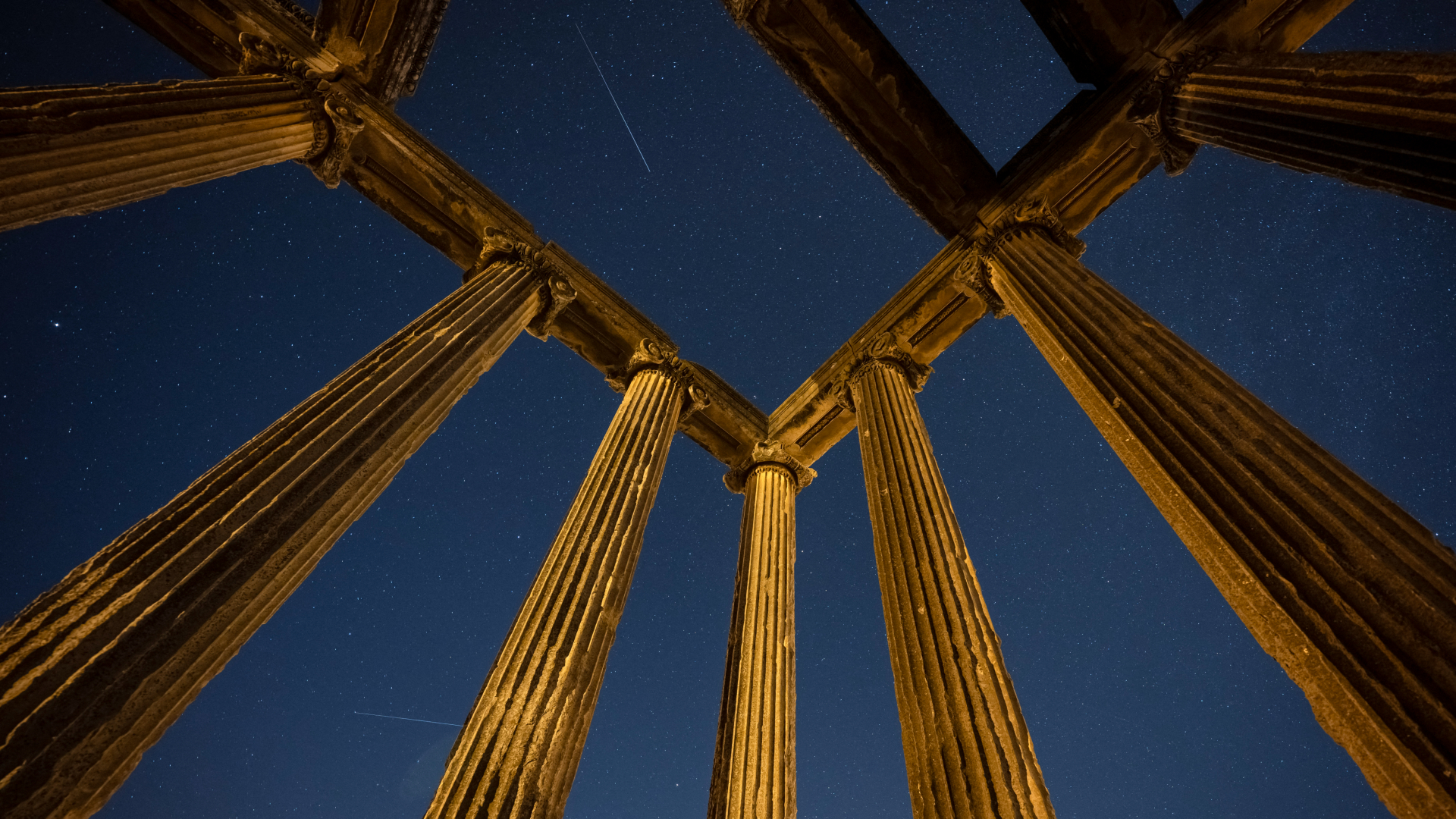
This image of a solitary meteor striking through the starry sky above the Xinjiang Uygur Autonomous Region of China was also captured in the early hours of Aug. 13, as Earth passed through the densest part of comet 109P/Swift-Tuttle.
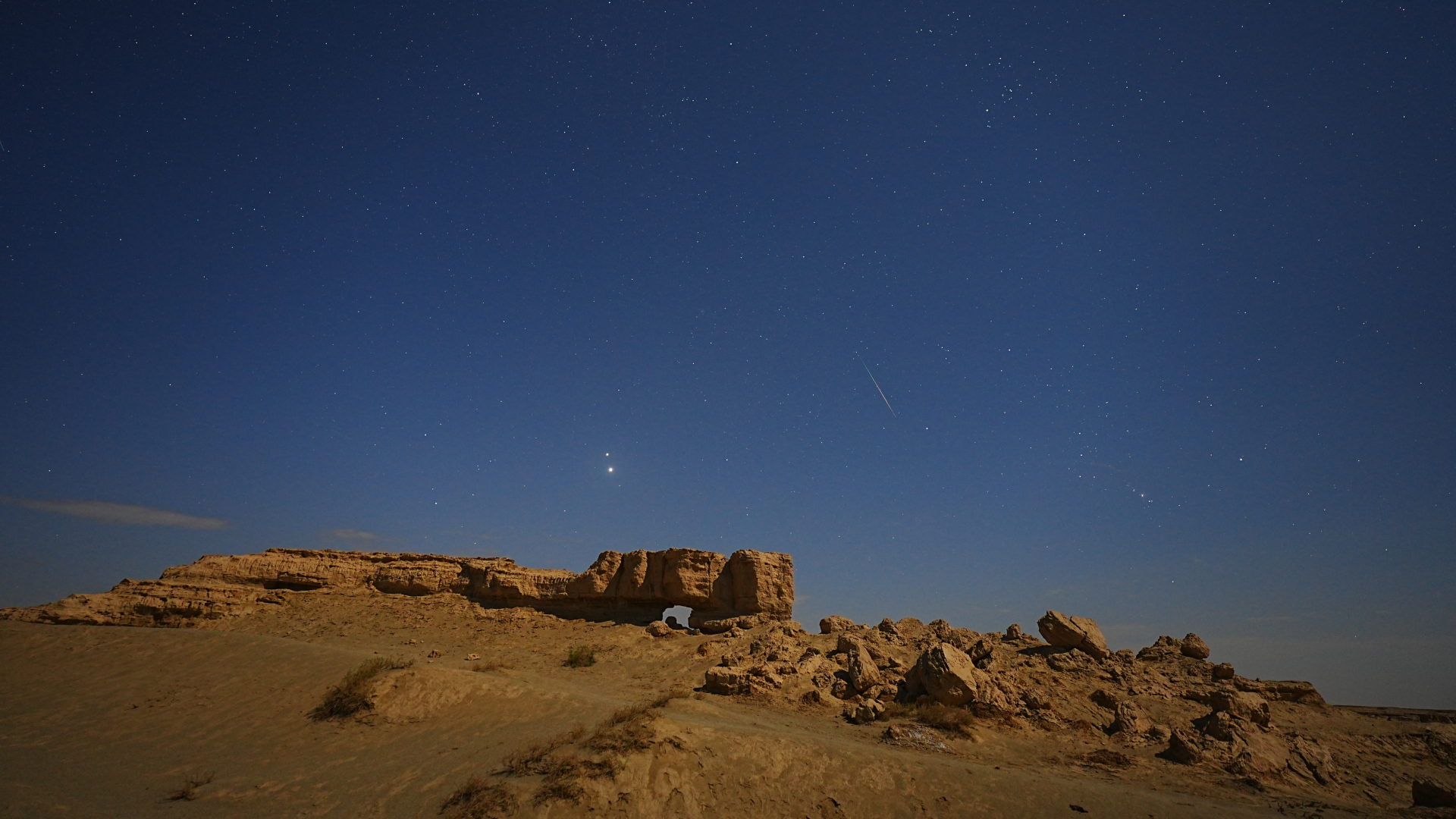
A bright Perseid was also spotted brightening the sky above the Monument to the Unknown Hero on Avala Mountain in Belgrade by Andrej Isakovic on the night of Aug. 12, as stargazers gathered to witness the 2025 Perseid maximum.
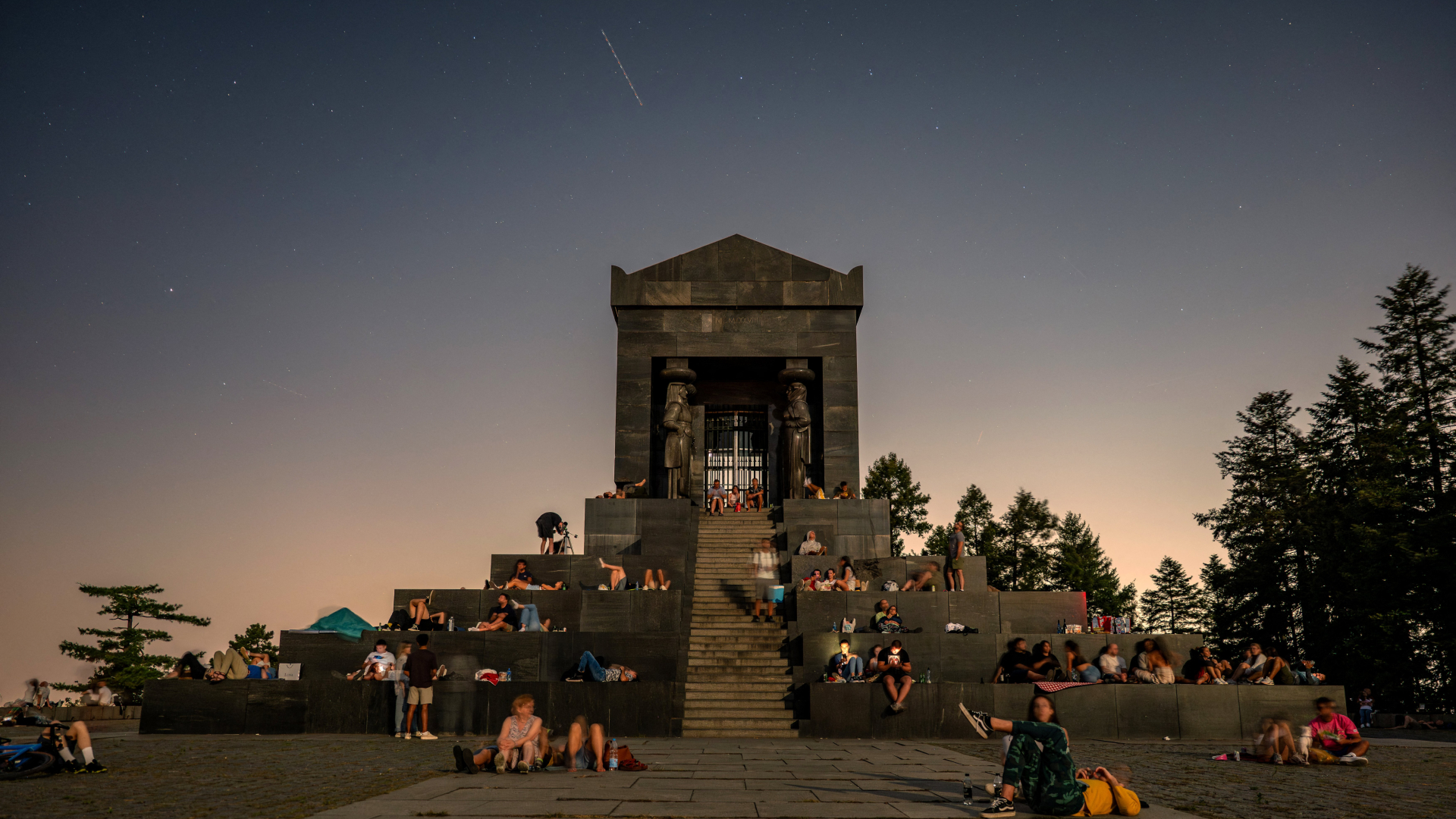
Photographer Zafer Goder used long-exposure photography to great effect to capture several Perseid meteors streaking through the sky on Aug. 12, alongside the bright lines of star trails, which can be seen circling the north star Polaris in the sky above Turkey.

The Perseids will continue to be active until Aug. 23, albeit at a much lower hourly rate, so it's still possible to see the famous shooting stars before they disappear from our skies for another year. Stargazers hoping to capture a Perseid should check out our guide to photographing meteor showers and would do well to pick up Josh Dury's book '52 Assignments: Night Photography', which provides practical advice on how to image the night sky.
Editor's Note: If you would like to share your astrophotography with Space.com's readers, then please send your photo(s), comments, and your name and location to spacephotos@space.com.
.png)
 German (DE)
German (DE)  English (US)
English (US)  Spanish (ES)
Spanish (ES)  French (FR)
French (FR)  Hindi (IN)
Hindi (IN)  Italian (IT)
Italian (IT)  Russian (RU)
Russian (RU) 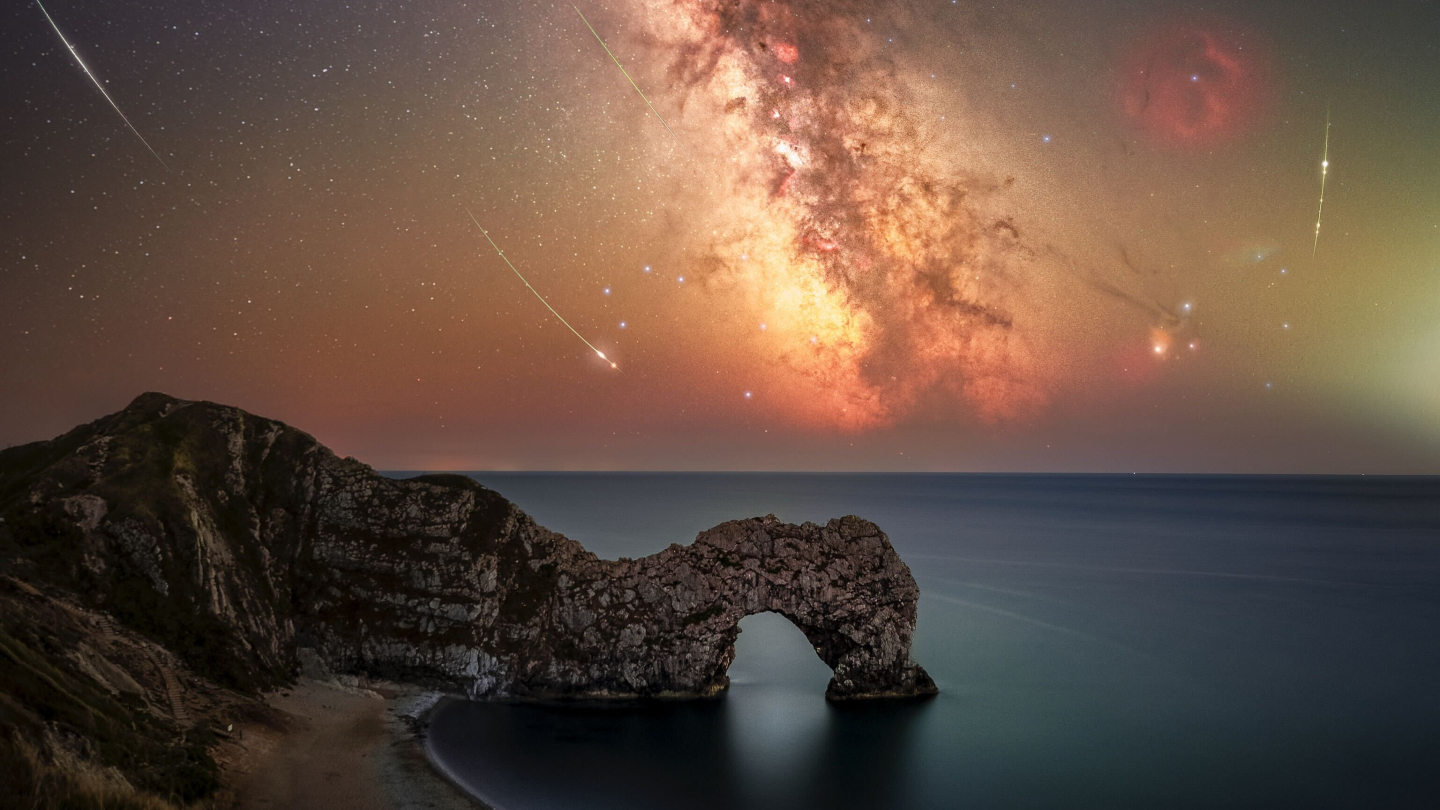
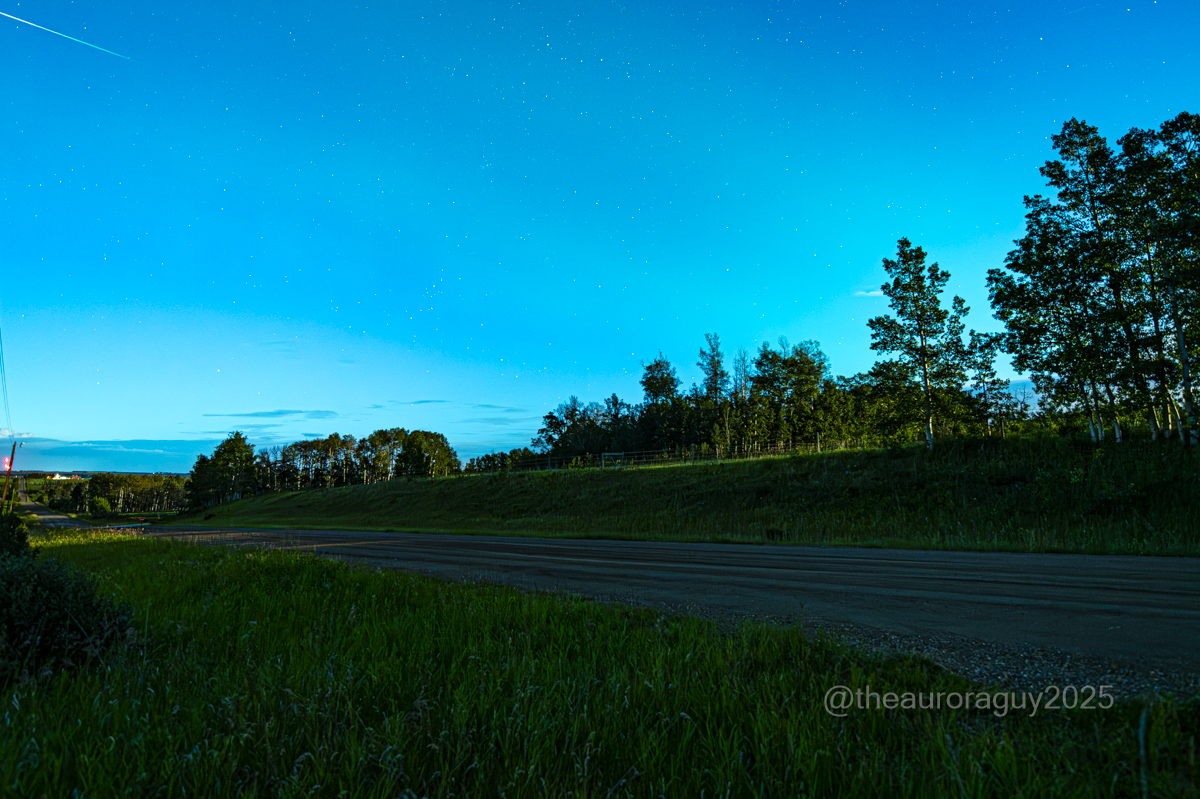
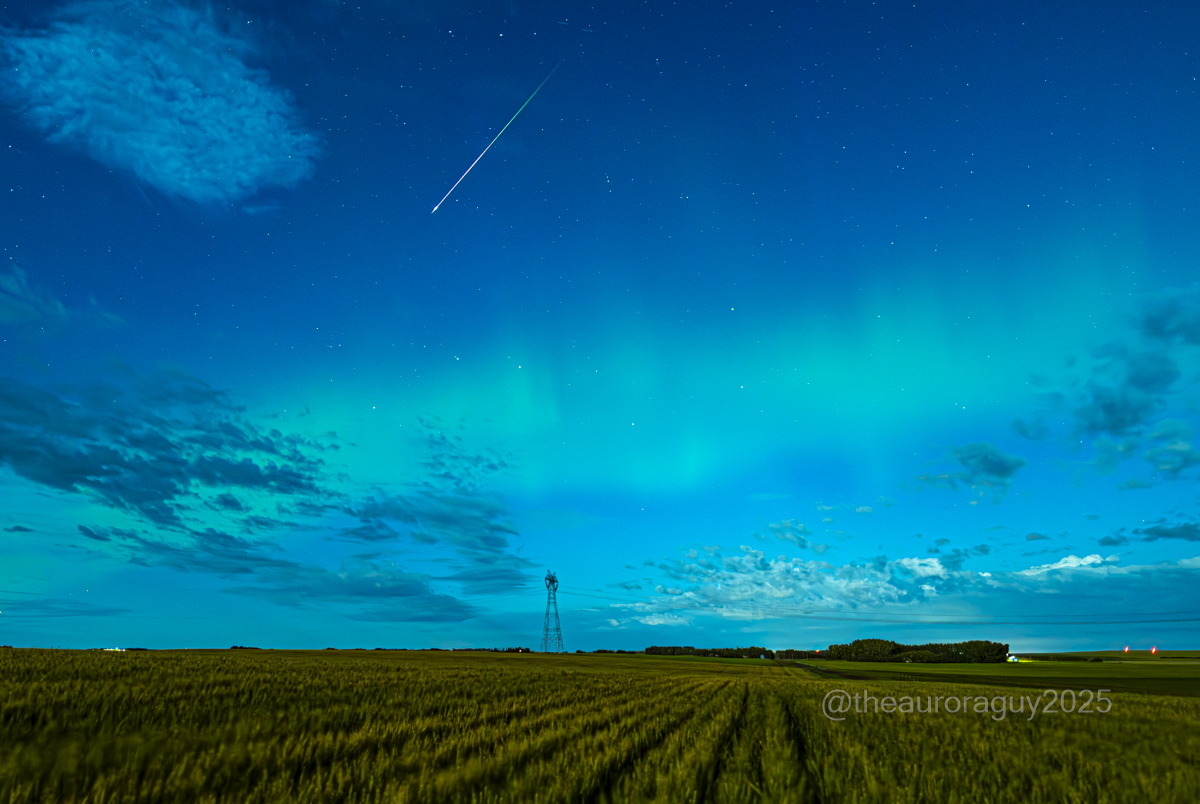
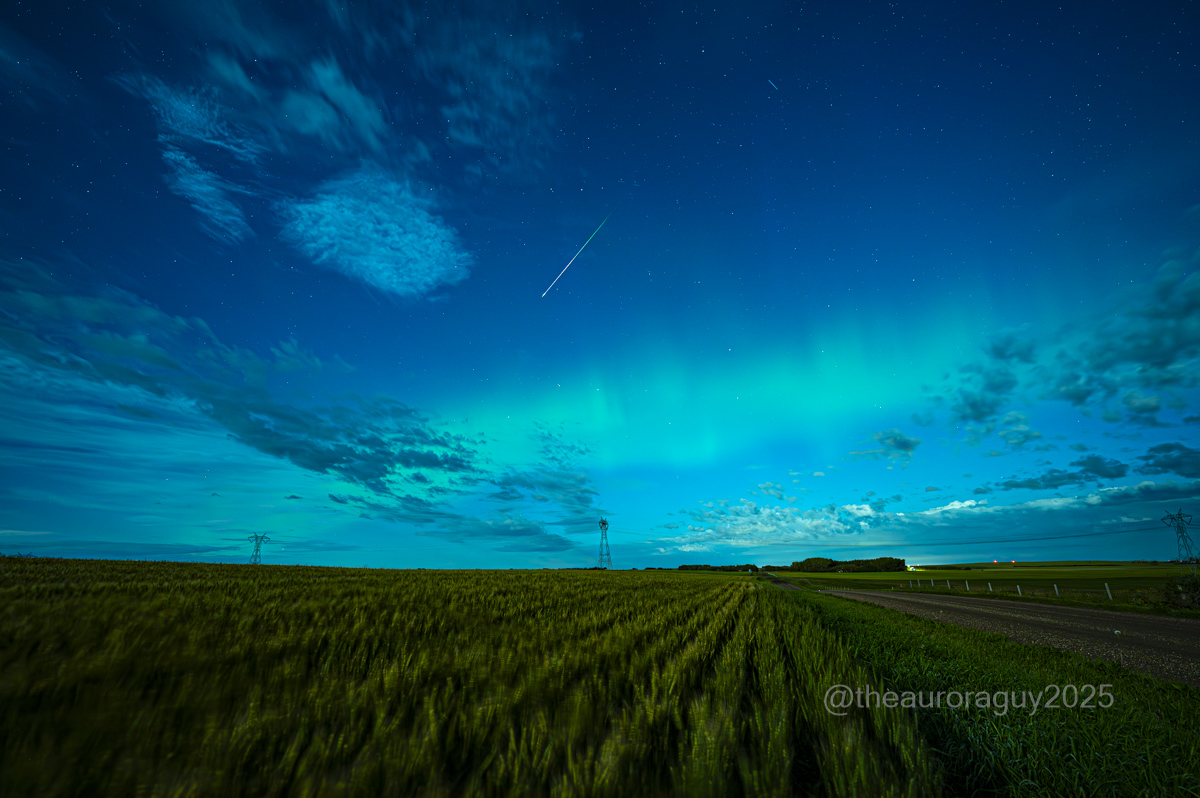
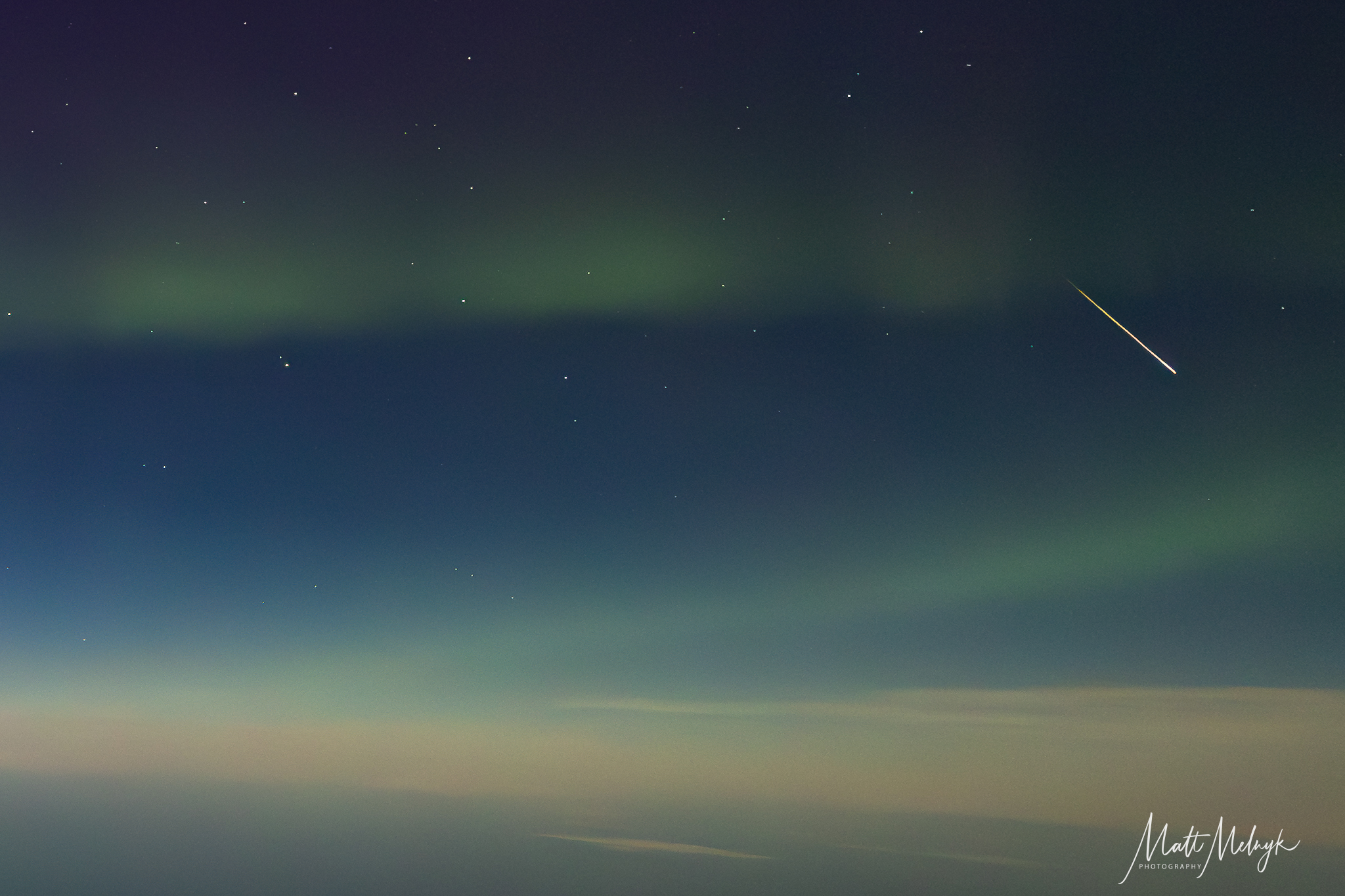








Comments